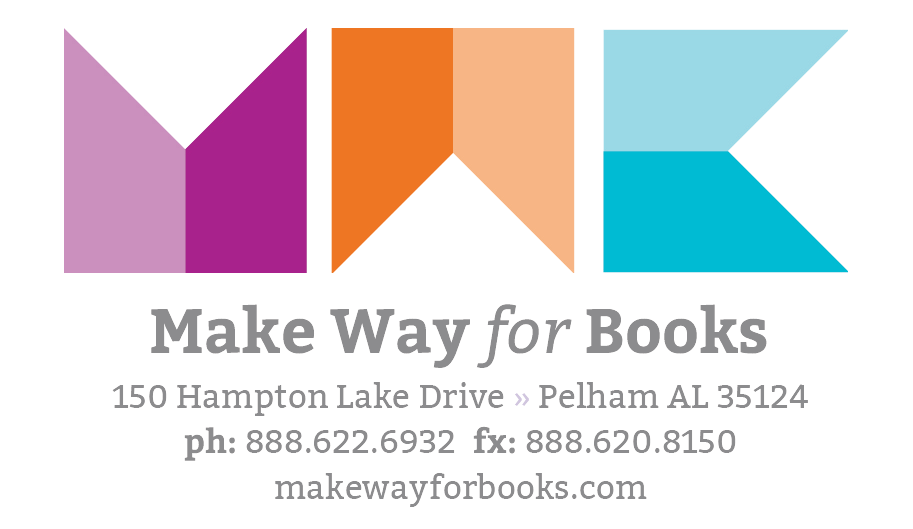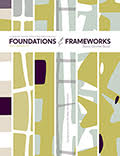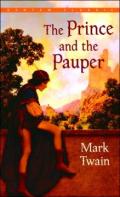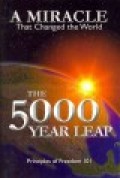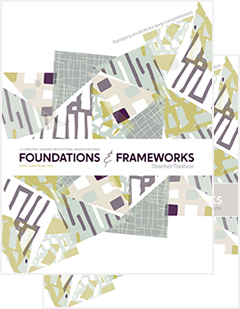
Foundations & Frameworks Toolbox (2021)
AUTHOR
ILLUSTRATOR
SERIES
AGE
READABILITY
PAGES
KEYWORDS
CATEGORIES
SUBJECTS
PUBLISHER
Make Way For Books
The Foundations & Frameworks Toolbox (2021) is a set of two books that arrives shrink-wrapped. The first book contains units and unit assessments for every grade, K-8 (500+ pages). The second book contains mini-units for every grade, K-8 (100+ pages). This Toolbox is a significant update and is available to certified Foundations & Frameworks teachers and trainers.
The Foundations & Frameworks Toolbox is the essential program guide for teachers. In this 2021 revision, we pursued a few goals:
To simplify presentation of the program.
This includes scaling back the number of units at each grade level, making one comprehension skill the primary focus of each unit, and improving alignment of thought processes and visual tools.
To provide teachers with better assessment instruments.
This includes the revision of rubrics used for Skill Development and Skill Performance Task assessments, and the inclusion of Skill Knowledge assessments. A new rubric for guiding students’ SPECS Log responses—the “Discovery Synopsisâ€â€”has been added and remains consistent through most units.
To provide the teacher with additional information for the initial skill instruction.
This includes defining the skill, describing how the skill is beneficial, and what the student will produce while working with the skill. This information is shaded in the Skill Description at the start of each unit.
This revision also incorporates concepts introduced in the latest revisions of the Foundations & Frameworks Basic Course (2021), including:
The Collaborative Comprehension Session (CCS).
Formerly referred to as “small groups,†the CCS is more than a new name; it is a new concept. No longer is the goal for every student to develop the same visual tool as the teacher. The focus is less on getting the visual tool “right†and more on what the students and teacher can better understand collaboratively than they might individually. To this end, the interaction has been restructured. These changes are clearly explained in the latest revisions to the Basic Course.
An “Additional Skill Emphasis†in some units.
Rather than being an additional skill that students are responsible to master in limited time, the additional emphasis is something explored during the CCS. It is a complementary skill to the primary skill focus for the unit, and it serves to enliven the exploration of the primary skill during the CCS. There is no specific number of times the additional emphasis should be part of the CCS. Teachers should use their judgement and introduce and explore the skill when it contributes to the CCS interaction and deepens understanding of the text. Students are never assessed on this additional emphasis. Rubrics for these skills are included solely for formative purposes. Visual tools associated with the “Additional Skill Emphasis†will usually be developed collaboratively during the CCS; the rubric can help the group optimize their thinking with the associated skill.
A “Discovery Synopsis,†which replaces the visual tool summary.
This encourages students to examine their visual tools to identify discoveries, things they understand as a result of the connections they make while developing the visual tools. In the past, the students have basically restated what was already in their visual tools; now students are encouraged to think beyond what is in the tool and identify insights the visual tool reveals. (See the rubric in most units for additional explanation.) As you begin a unit in which the Discovery Synopsis rubric is included, explain and model the synopsis for the students. Based on your read-aloud during skill modeling, develop a “Meets Objective†discovery synopsis. Then revise it to illustrate proficient and exemplary levels. Discussion (not reading aloud) of the students’ discovery synopses should be part of most CCS’s.
Mini-Units.
These are intended for students to develop familiarity with various genres (e.g., fairy tales) and literary devices (e.g., figurative language). They are addressed through read-aloud titles only, and fit nicely in places where a full unit will not work, such as the week before holiday breaks, during standardized testing, or as a start to the school year while other elements (e.g., phonics) receive priority. During these units, focus on the defining characteristics of each focus. For example, what are the defining characteristics of tall tales? What makes a simile an effective tool? No assessments are used in these units. Recommended titles for these units will be included in the Foundations & Frameworks F&F Filter (currently being updated).
Updated Literature List
Finally, these goals and revisions created the need for an updated and restructured Foundations and Frameworks Literature List. These changes will be evident in the F&F Filter here at makewayforbooks.com (register as an F&F user for access) in coming months.
To prepare for these updates, access the F&F Scope and Sequence. Go to: foundationsandframeworks.com > About > FAQ: Where can I get a scope and sequence?
For information on what Foundations & Frameworks is all about, please visit foundationsandframeworks.com.

